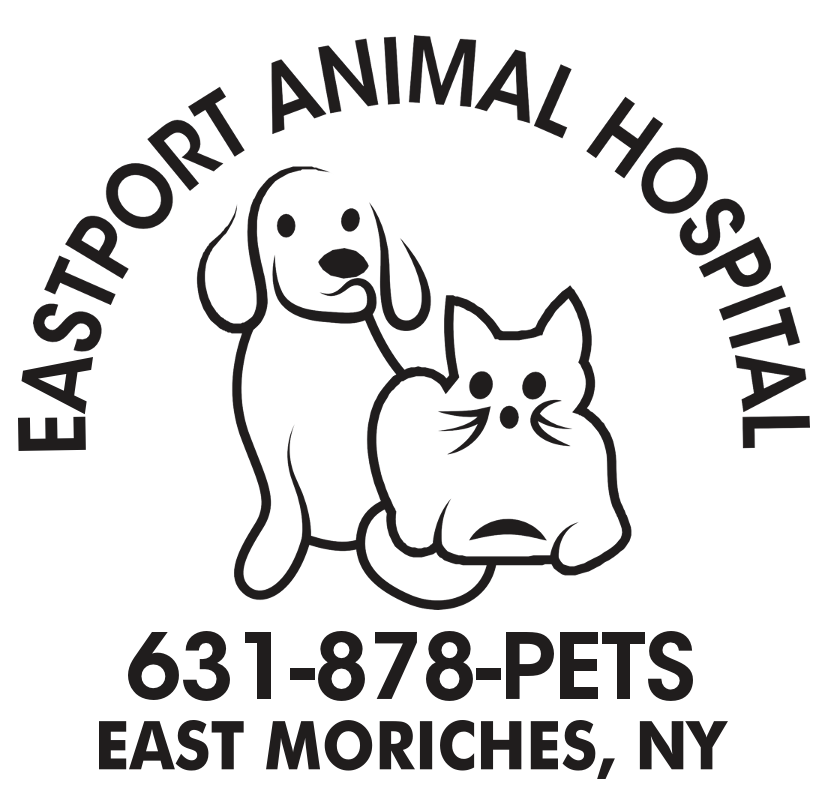Library
-
Acupuncture is one aspect of Traditional Chinese Veterinary Medicine (TCVM) that focuses on restoring the energy balance in the body to promote healing. The technique requires the insertion of fine needles into the dog's body at specified points, called acupuncture points, where nerves and blood vessels converge. It is often used to treat dogs with arthritis and joint inflammation and may reduce the amount of medication a dog needs for these conditions. This handout explains how the treatment works and what to expect when your pet sees a veterinary acupuncturist.
-
Topical ear medications are necessary to treat most ear conditions. This article provides step-by-step instructions on how to apply ear medications along with precautions.
-
The proper administration of eye medications is essential for your pet's prompt recovery. Make sure you carefully read the label and understand the prescription instructions. If you have any questions, contact your veterinarian for clarification.
-
This handout discusses arthroscopy, the insertion of a telescope-like camera into a joint. The joints commonly examined and treated using this technique, along with the benefits and risks of this procedure, are outlined.
-
Bandages and splints protect an injured or wounded area of the body. It is important to closely monitor your dog's bandage or splint. This handout explains optimal bandage and splint care for your dog at home and possible complications that require veterinary attention.
-
Biological response modifiers (BRMs) are naturally occurring substances that are used to treat diseases, infections, or chronic itchiness or pain, by affecting the immune system and how it works. They are mostly used to treat some cancers, immune-mediated diseases, and infections. Most BRMs are administered in the hospital under veterinary supervision. Side effects vary but may include fever, stomach upset, tiredness, or allergic reactions.
-
Sometimes, the location of your dog’s wound or the amount of skin lost can prevent surgical closure or bandaging. This handout describes general guidelines for proper care of your dog's open wound at home; your veterinarian can provide you with specific instructions.
-
The general instructions for incision care are the same for all surgical incisions. There may be some differences, however, depending on the type of surgery and the material used to close the incision. This handout is a guide to caring for your cat's surgical incision(s) at home for optimal recovery.
-
Chemotherapy drugs are used to treat cancer and other conditions in people and animals, and often target and kill rapidly dividing cancer cells, but normal, healthy cells that grow quickly may also be affected. Side effects of ingestion can include stomach upset, neurological signs, bone marrow suppression, and organ damage.
-
Corneal dystrophy is a term used to describe several conditions that occur in dogs and cause the corneas to become opaque. There are three major categories of corneal dystrophy: epithelial, stromal, and endothelial. Each is named by the anatomic location of the abnormal tissue and opacity.

